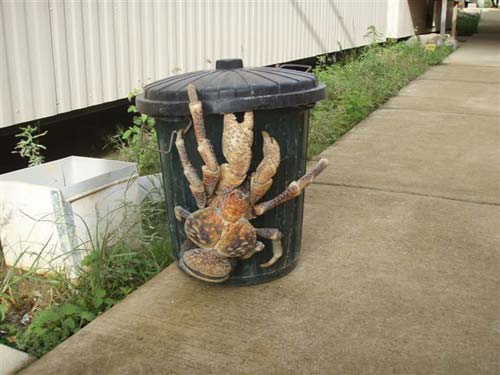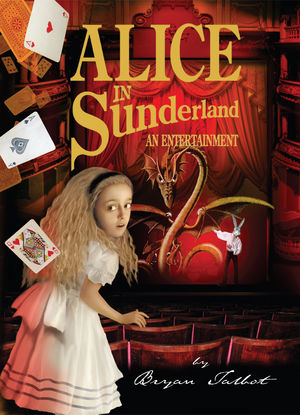As Simple as Snow is a complex, haunting mystery written by Gregory Galloway. Since its publication in 2005, I have recommended it to a countless number of friends, customers, and literary groups, and mentioned it many times at my blog. I wanted to bring this book to your attention again now, especially if you have read or plan to read Paper Towns by John Green. Paper Towns won't be available in bookstores until October, but ARCs are already making the rounds. Having enjoyed both books, I'm anxious to discuss them with other readers. The writing styles differ, as do the characters, but there are obvious parallels between the two.
Let's drift back into the Snow now. What is it about this story that keeps me talking about it three years after its release? Perhaps it is the way it ends. Perhaps it is the way it begins. (See below for the trailer, in which you can hear the opening pages.) Perhaps it's Anna herself, the charismatic, creative girl at the heart of the story, whose introduction is shocking and memorable and whose disappearance shortly thereafter may be described in the same way. Perhaps it is the codes, the clues, or the numbers. It may even be the mix tapes. All of these things factor into my adoration of this book, which further benefits from great plotting and pacing. Galloway infuses tension in every line and every step.
I have always enjoyed well-written stories about those who are changed by the presence of others - those unknowing, almost unwilling protagonists who tell readers about a person they knew, be it someone they loved, lost, or wish had (or hadn't) known. Consider Nick in The Great Gatsby, one of my all-time favorite books.(1) Thanks to Galloway's intriguing writing, As Simple as Snow has a narrator who will draw you in, just as Anna drew him in, but his name is unknown. You will get to know him quickly, and you will grow to care about him, Anna, and other residents of their town.
The video trailer utilizes absolutely perfect imagery as the narrator reads the opening pages of the book. Watch it at the website or YouTube and I'll bet you want to run out and get the book immediately -- as you should.
Something else to note: Though the main characters are teenagers, this book is not categorized as teen fiction. It is typically shelved in the mystery section of bookstores, though those without genre breakouts may place it in general fiction/literature. Has this helped or hurt the book's sales or its reach? I do not know its sales figures, but I do think it could have been cross-marketed and published in YA as well. I have no idea how many people have read it, but I think that more people should. If you read this post, I certainly hope that you will give it a try.
...and after you read As Simple as Snow, please read Paper Towns, and then we'll talk.
I don't want to give too much of Snow away here. For additional hints and thoughts, read my review of As Simple as Snow at my blog, Bildungsroman.
(1) I'd love to revisit The Great Gatsby with other readers. I plan to discuss it in my GuysLitWire post for September. If you're interested, please leave a comment here or below this post.





 It’s Dracula’s wink and the finger gun that gets me every time. So, I was particularly happy to see his return in this sequel – as Frankenstein’s best man, no less. And then to see he’s still a lovable goof? Even better. In this one, he’s milling around at the wedding reception and inadvertently eats some garlic bread, which results in some hyperventilating and a search for his inhaler (or “inhaluh,” as he’s choking at this point). “Vhat became of the list that I gave to your bosses? / I’m not to have garlic, wheat, peanuts, or crosses!”
It’s Dracula’s wink and the finger gun that gets me every time. So, I was particularly happy to see his return in this sequel – as Frankenstein’s best man, no less. And then to see he’s still a lovable goof? Even better. In this one, he’s milling around at the wedding reception and inadvertently eats some garlic bread, which results in some hyperventilating and a search for his inhaler (or “inhaluh,” as he’s choking at this point). “Vhat became of the list that I gave to your bosses? / I’m not to have garlic, wheat, peanuts, or crosses!”  He’s certainly not an original character to this book, but I was so happy to see his return that it’s my favorite part of the book.
He’s certainly not an original character to this book, but I was so happy to see his return that it’s my favorite part of the book.










 #5
#5 #4
#4 #3
#3 #2
#2 #1
#1




